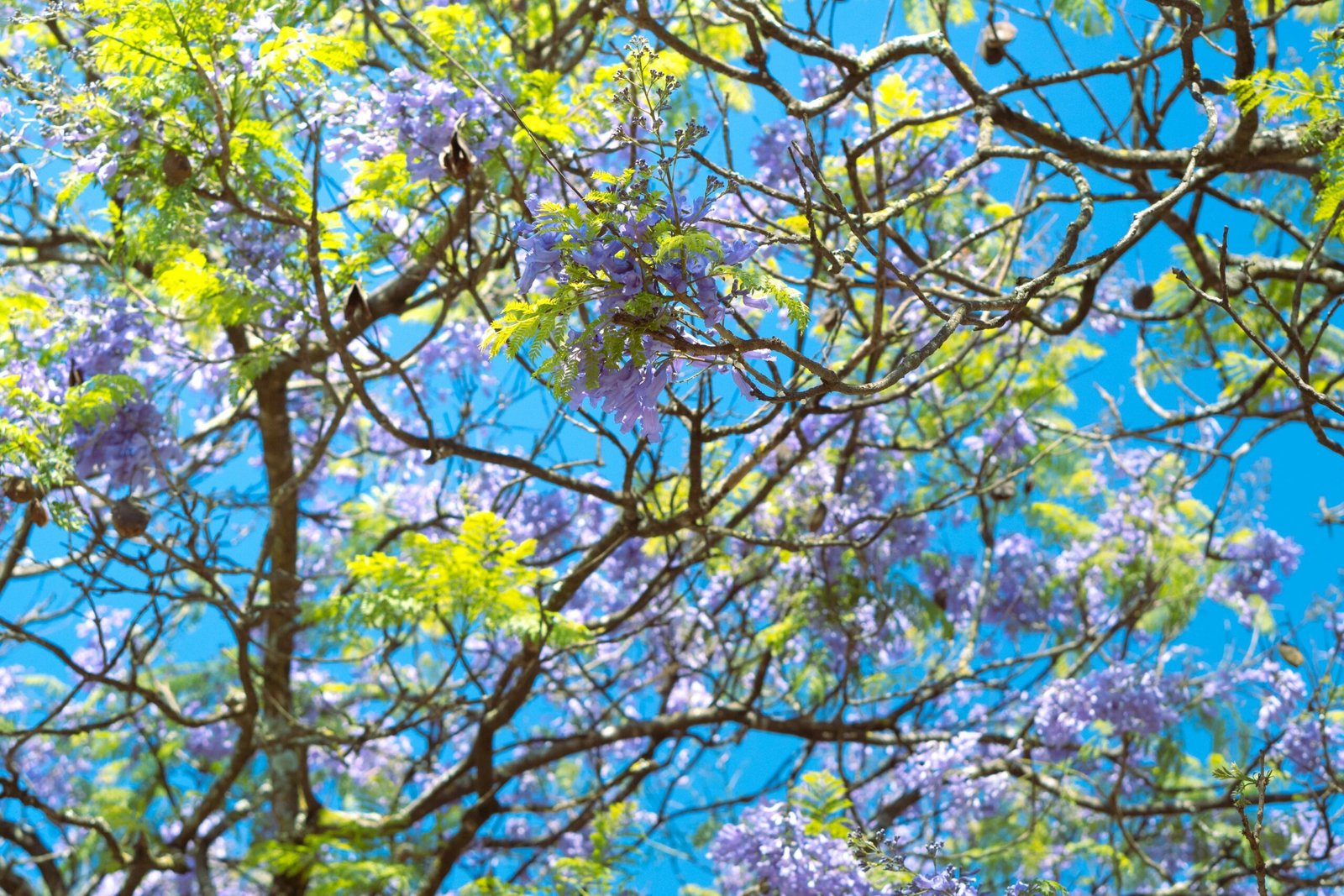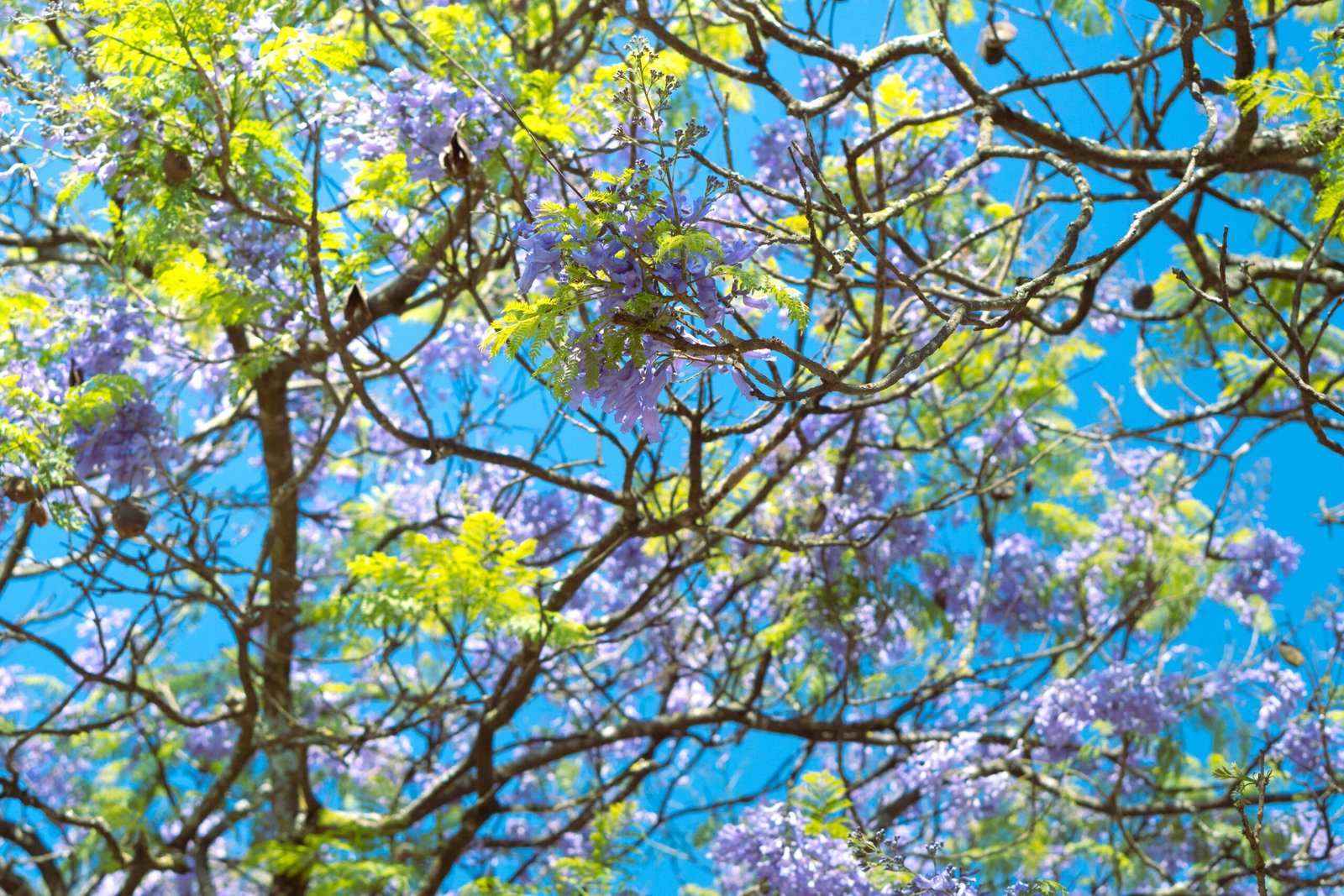
Overview of East Timor
East Timor, officially known as Timor-Leste, is situated in Southeast Asia, occupying the eastern half of the island of Timor. This small nation is bordered by Indonesia to the west and surrounded by the Timor Sea to the south and the Ombai Strait to the north. Covering an area of approximately 14,874 square kilometers, East Timor is relatively compact compared to its neighboring countries, yet it boasts a unique range of natural and cultural assets that make it stand out in the region.
As of the latest estimates, East Timor has a population of around 1.3 million inhabitants. The population is diverse, with the majority being of Austronesian descent, and significant influences from Portuguese colonial history and indigenous cultures. The country’s official languages are Tetum and Portuguese, reflecting its colonized past and the various cultural exchanges that have shaped its identity. The rich tapestry of ethnic groups, languages, and traditions contributes to a vibrant cultural heritage that is celebrated through music, dance, and festivals.
East Timor’s history is marked by periods of conflict and resilience, notably its struggle for independence from Indonesia, which was achieved in 2002. This historical significance adds layers to the country’s identity and is a fundamental aspect of its modern-day tourism appeal. Visitors are often captivated by the blend of natural beauty with historical sites, such as the remnants of colonial architecture and locations that played pivotal roles during the independence movement.
Understanding East Timor’s geographical and cultural context is essential in appreciating why it is often regarded as a hidden gem in Southeast Asia. With its breathtaking landscapes, intriguing history, and warm hospitality, East Timor offers an enriching experience that awaits discovery.
Rich History and Cultural Diversity
East Timor, officially known as Timor-Leste, possesses a rich and complex history that shapes its cultural landscape today. The island has experienced significant historical events, including colonization, occupation, and ultimately a hard-won struggle for independence. Portuguese explorers first arrived in the region in the 16th century, marking the beginning of a long colonial rule that lasted until the mid-20th century. Despite the challenges posed by colonization, the indigenous populations maintained their resilience, drawing upon their diverse cultural backgrounds.
The end of the Portuguese colonial rule in 1975 led to a turbulent period, beginning with the Indonesian invasion shortly after East Timor declared its independence. The resulting conflict would last for over two decades, causing significant loss of life and displacing many communities. The struggle for independence saw the emergence of strong national identities, with various ethnic groups contributing their unique traditions and languages to the narrative of a united nation. The pro-independence movement eventually prevailed in 1999, culminating in East Timor’s formal independence in 2002, marking a significant milestone in the region’s history.
East Timor is home to a myriad of ethnic groups, each contributing to the nation’s rich tapestry of cultural diversity. Predominantly, the population comprises the Tetum and Portuguese ethnicities, but many other tribes like the Fataluku, Baikenu, and others also reside in the country, showcasing a wealth of traditions. The national language, Tetum, alongside Portuguese and several indigenous languages, reflects this cultural mosaic. This linguistic variety plays a vital role in practicing and preserving the customs, dances, and rituals that define East Timor’s identity. Through festivals and ceremonies, the Timorese celebrate their heritage, allowing locals and visitors alike to witness the resilience and vibrancy of this remarkable nation.
Natural Wonders and Biodiversity
East Timor, known for its breathtaking natural landscapes, is a treasure trove of biodiversity waiting to be explored. The country’s mountainous terrain, characterized by rugged hills and scenic ridges, offers both challenge and beauty to both seasoned hikers and casual trekkers. The highest peak, Mount Tatamailau, stands proudly at 2,963 meters, providing a thrilling adventure for those looking to conquer its slopes while enjoying panoramic views of the surrounding areas.
In addition to its dramatic mountains, East Timor boasts stunning beaches that line its coastline, which stretches for over 700 kilometers. The beaches of Atauro Island, for instance, are renowned for their crystal-clear waters and vibrant marine life, making them ideal for snorkeling and diving. These aquatic ecosystems provide a rich diversity of species, including colorful corals, exotic fish, and even sea turtles, showcasing the underwater beauty of the region.
Ecotourism in East Timor is blossoming, as visitors are increasingly drawn to its natural wonders. Opportunities abound for outdoor activities that promote sustainable practices while immersing travelers in the region’s unique ecosystems. Guided tours through the pristine rainforests allow tourists to observe native flora and fauna, such as the endemic Timorese tiger shrike and various butterfly species, contributing to both education and conservation efforts.
The rich biodiversity of East Timor also extends to its diverse landscapes, which encompass savanna grasslands, coral reefs, and volcanic fields. These environments support a variety of ecosystems that host an array of wildlife, providing ample opportunities for nature enthusiasts to experience the enchanting flora and fauna that call this hidden gem home. As such, East Timor stands as a remarkable destination for those eager to witness the splendor of nature.
Culinary Delights of East Timor
The culinary landscape of East Timor, a hidden gem in Southeast Asia, offers a unique fusion of flavors influenced by its diverse cultural heritage. Traditional cuisine primarily revolves around local ingredients, showcasing a variety of fruits, vegetables, grains, and seafood that reflect the nation’s agricultural and coastal bounty.
At the heart of East Timorese meals is rice, often served as a staple dish complemented by a spectrum of sides. One of the most revered dishes is **batar da’an**, a hearty stew made from pumpkin, beans, and spices, embodying the richness of the land. Other popular delicacies include **ikan bakar**, grilled fish marinated with local herbs and spices, and various meat dishes that are often slow-cooked to enhance their flavors.
The influence of Portuguese and Indonesian cuisines is prominent in East Timor’s food culture. Portuguese colonization introduced ingredients such as olive oil, garlic, and a variety of spices, which are now staples in many traditional dishes. Classic Portuguese recipes, such as **bacalhau** and **pastéis**, have been adapted with local ingredients to create unique Timorese versions. Moreover, Indonesia’s impact is evident in the use of sambal, a spicy condiment commonly served with meals to add depth and flavor.
Cooking methods also contribute to the distinctive taste of East Timor’s dishes. Many meals are prepared using traditional clay pots, which impart a unique earthy flavor to the food. Furthermore, communal cooking practices encourage sharing and provide a glimpse into the social fabric of Timorese culture.
As East Timor continues to embrace its culinary heritage, the fusion of indigenous flavors with international influences presents a rich gastronomic experience for visitors and locals alike. From simple street food to elaborate feasts, the country’s culinary offerings are a testament to its cultural diversity and agricultural wealth.
Adventure and Outdoor Activities
East Timor, an emerging destination in Southeast Asia, boasts a plethora of adventure and outdoor activities that cater to thrill-seekers and nature enthusiasts alike. With its breathtaking landscapes ranging from rugged mountains to pristine beaches, the country offers a unique backdrop for a variety of exhilarating experiences.
One of the most popular activities is hiking. The mountainous terrain provides numerous trails that lead to stunning viewpoints and hidden waterfalls. The trekking routes around Mount Ramelau, the highest peak in East Timor, are particularly popular, offering both challenging hikes and breathtaking scenery. Adventurers will encounter rich biodiversity and can immerse themselves in the natural beauty of the underlying flora and fauna. For those seeking a more leisurely stroll, the coastal path along the eastern beaches is equally rewarding.
Snorkeling and diving in East Timor are also highly recommended. The vibrant coral reefs off the coast showcase an impressive array of marine life, making it a paradise for underwater enthusiasts. Places like Atauro Island and the Dili coastline are recognized for their remarkable biodiversity and crystal-clear waters. Snorkelers can expect to observe colorful fish, sea turtles, and even shipwrecks, enhancing the allure of these aquatic adventures.
For surfing aficionados, East Timor presents some hidden gems. The waves at places like Com and Ponta Leste attract surfers from around the world, catering to both beginners and seasoned riders. The warm waters and consistent swells ensure that adventurers will find optimal conditions for surfing throughout much of the year, creating an exhilarating experience in a spectacular setting.
Travelers seeking an adrenaline rush will undoubtedly find an abundance of opportunities in East Timor. Whether it is hiking through lush mountains, exploring vibrant underwater ecosystems, or catching waves on stunning beaches, the country serves as a fantastic hub for outdoor adventure. With safety measures and local guides in place, exploring these exciting activities becomes even more accessible for all who venture into this hidden gem of Southeast Asia.
Cultural Experiences and Festivals
East Timor, a burgeoning destination in Southeast Asia, boasts a rich tapestry of cultural experiences that illuminate its diverse heritage. Traditional music and dance are integral to the Timorese identity, with each of the country’s 13 regions displaying unique customs and styles. One prominent traditional dance, the tutuk, is characterized by rhythmic movements and expressive gestures that narrate the stories and lifestyles of the East Timorese people. Accompanied by lively music, these performances foster a sense of community and continuity of tradition.
Art in East Timor is another vital expression of its cultural essence. Local artists often create intricate handicrafts, using materials such as weaving techniques to produce colorful textiles known as tais. These fabrics hold significant meaning, often reflecting the wearer’s identity, social status, or cultural affiliation. Visitors have the opportunity to witness these artistic expressions during workshops, allowing them to engage with the local craft and understand its historical roots.
Festivals in East Timor showcase the vibrant social fabric of the nation and often incorporate elements of both pre-colonial customs and modern practices. The Dia do Feto or Harvest Festival, for instance, is one such celebration where the community comes together to give thanks for the received bounty, reflecting the profound connection between the people and their land. Another widely recognized event is the Timor-Leste Independence Day, celebrated on May 20, which marks the nation’s liberation. This day includes parades, music, and traditional dances that embody national pride and unity.
Through these cultural experiences and festivals, visitors to East Timor can gain invaluable insights into the nation’s history, beliefs, and values, making it clear that this hidden gem of Southeast Asia offers a wealth of enriching experiences that go beyond mere tourism.
Sustainable Tourism Initiatives
East Timor, a burgeoning destination in Southeast Asia, has embraced sustainable tourism as a vital pathway to promote responsible travel practices while enhancing the livelihoods of local communities. Various initiatives are underway to ensure that the extraordinary natural beauty and rich cultural heritage of this island nation are preserved for future generations. One significant aspect of these initiatives is the emphasis on community involvement in tourism development. Local communities are being engaged in decision-making processes, allowing them to benefit directly from tourism activities and contribute to the conservation of their resources.
Eco-friendly tourism options, such as guided treks through the stunning mountainous landscapes and immersive cultural experiences with indigenous communities, are being promoted to attract environmentally conscious travelers. These eco-tourism ventures not only provide unique experiences but also foster a deeper connection between visitors and the local culture, ultimately leading to greater appreciation and respect for East Timor’s rich traditions and resources. Moreover, training programs are being implemented to enhance the skills of local guides, ensuring they can offer insightful narratives about the region’s ecology and heritage.
Additionally, sustainable practices in accommodations, such as the establishment of eco-lodges that minimize ecological footprints while offering comfortable and authentic stays, are gaining popularity. These lodgings often utilize renewable energy sources and engage in recycling programs, setting benchmarks for environmental stewardship within the tourism sector. Several organizations also promote awareness campaigns highlighting responsible tourism behaviors, encouraging travelers to engage with local communities positively and respectfully.
Through these thoughtful initiatives, East Timor is carving a niche for itself in the sustainable tourism landscape, aiming to provide travelers with enriching experiences while safeguarding the environment and uplifting local populations. This commitment not only helps preserve the island’s natural attractions but also enhances the socio-economic well-being of East Timorese communities.
Practical Travel Tips
When planning a trip to East Timor, also known as Timor-Leste, it is essential to consider various factors that contribute to a smooth and enjoyable journey. The best time to visit this Southeast Asian gem is during the dry season, which typically spans from May to November. During these months, you can expect more predictable weather conditions, making it ideal for exploring the stunning landscapes and rich cultural experiences the country has to offer.
Transportation within East Timor has been developing steadily. For getting around Dili, the capital, taxis are widely available, although it is wise to negotiate the fare beforehand. For more remote areas, consider renting a car or motorbike, as road conditions can vary significantly. Public buses are a budget-friendly option, but these tend to have infrequent schedules; thus, planning ahead is strongly advised.
Visa requirements for East Timor vary depending on your nationality. Most travelers can obtain a tourist visa upon arrival, which is typically valid for up to 30 days and can often be extended. It is advisable to check the latest visa regulations before your departure, as policies can change unexpectedly. Ensure your passport is valid for at least six months from your intended entry date, as this is a common stipulation in many countries.
Safety is another critical aspect to consider when visiting East Timor. While the country has generally been safe for tourists, it is prudent to remain vigilant, particularly in crowded areas or when traveling alone. Keep your belongings secure and be aware of your surroundings. Additionally, it is recommended to stay informed about local customs and cultural norms, as being respectful towards the local community enhances the overall travel experience.
Final Thoughts: Why East Timor Should Be on Your Travel List
As we conclude our exploration of East Timor, it becomes evident that this remarkable destination offers an abundance of experiences for the discerning traveler. Nestled in the easternmost reaches of Southeast Asia, East Timor is often overshadowed by its more frequented neighbors. However, this hidden gem boasts a rich cultural heritage and stunning natural landscapes that easily rival more popular tourist spots. From its pristine beaches to its lush mountains, East Timor showcases an authenticity that many travelers seek in their journeys.
One of the most compelling reasons to visit East Timor is its vibrant culture, deeply rooted in both Portuguese and indigenous influences. Visitors are welcomed with warm hospitality and an opportunity to engage with local customs and traditions. The country is home to an array of traditional festivals, each offering a glimpse into the unique identity of the Timorese people. Participating in these celebrations not only enhances one’s travel experience but also fosters a deeper understanding of the local way of life.
Moreover, the natural beauty of East Timor is unparalleled. With its breathtaking landscapes ranging from coastal cliffs to verdant hills, the country is a paradise for nature enthusiasts and adventure seekers alike. Activities such as snorkeling in the Coral Triangle, trekking to Mount Ramelau, or exploring the vibrant wildlife in national parks are just a few adventures that await visitors. The untouched environment ensures that travelers can enjoy these experiences in a serene and unspoiled setting.
In essence, East Timor presents a unique blend of cultural richness and natural beauty, making it a compelling destination. By choosing to explore this Southeast Asian country, travelers will undoubtedly create memorable experiences while supporting its ongoing development and preservation. Thus, East Timor deserves to be at the top of your travel list for those seeking a journey off the beaten path.

